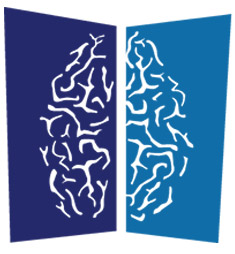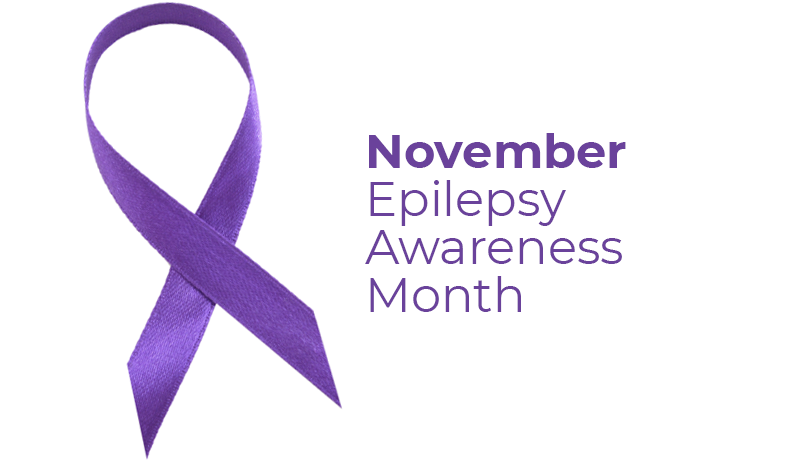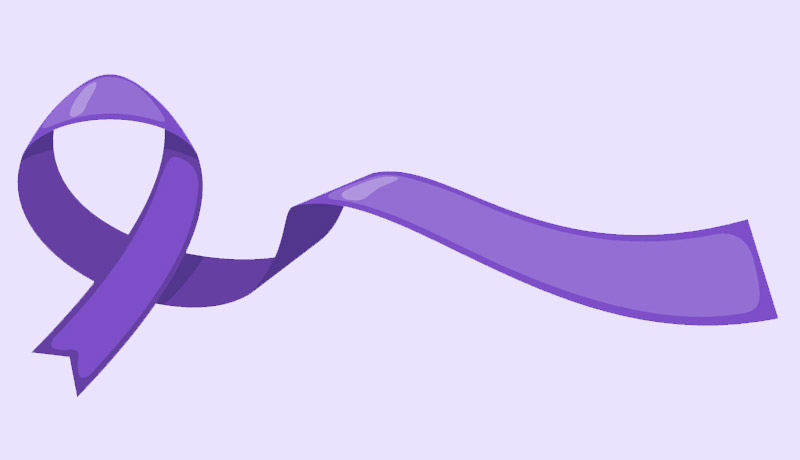November is National Epilepsy Awareness Month (NEAM). The goal of these 30 days this month is to spotlight epilepsy and raise awareness, including sharing your story (get involved!).
ANA is a strong advocate of this effort, and of the epilepsy community. We support the goal of educating the public about epilepsy and seizures, and fighting social stigma and ignorance. It is also vital to support the goals of fundraising and research to hopefully find a cure.
Epilepsy affects approximately 3.4 million people in the U.S, and 1 out of 26 people will develop epilepsy during their life. It is vital to promote the diagnosis of this condition in order to alleviate seizures and their impact, improve quality of life, and even prevent death (SUDEP—sudden unexpected death in epilepsy).
Although Epilepsy Awareness Month is just one month, at ANA we are involved in epilepsy treatment 365 days a year, 24/7. Our community focus is part of ANA’s mission to make sure every child and adult receives care for epilepsy.
To learn more about Epilepsy Awareness Month, visit www.epilepsy.com. Read more of ANA’s information about pediatric epilepsy and adult epilepsy.
Seizure Awareness
The goal of epilepsy month is to raise awareness and share information. Below we talk about seizures to help identify if you or someone around you is having a seizure and how to help them.
Seizures vary from person to person depending on what type of epilepsy they have. A seizure occurs when normal signals in the brain are interrupted. With epilepsy, it is usually a burst of abnormal brain activity that causes the disruption. However, anything that interrupts the signals between nerve cells can cause a seizure, such as a high fever, a concussion, or extreme blood sugar levels.
Symptoms of a seizure can include:
- staring spells
- rapid eye blinking and staring
- jerking of the arms and legs
- a stiff body
- unconsciousness or rhythmic nodding of the head
- blue-tinted lips and difficulty breathing
- post-seizure, a person may be confused or sleepy
If you suspect someone is having a seizure, you can help them by:
- lay the person down in a safe position on their side, and try to cushion their head and time the seizure. Position their mouth downwards to prevent choking on saliva, and loosen tight clothing around their neck.
- speak to the person calmly and help comfort them during the seizure; help others around you remain calm as well.
- If they are walking around or sitting, try to guide them to a safe place.
- let them be free to move; holding them down can be frightening, and they may get aggressive in their confusion.
- it is a myth that you should put something in their mouth; they cannot swallow their tongue. They may bite down but it is typically safer to bite their tongue than accidentally break and swallow a foreign object or a tooth.
- monitor and stay with them until the seizure passes; they should return to an awake and alert state. Do not give them food, drink or any pills until they return to this state.
- they may appear to stop breathing but it is usually just a chest muscle contraction; when the muscles relax, breathing should return to normal and you will not need to do rescue breathing.
- check if the person is wearing a medical bracelet or carry emergency information with more instructions.
If they are fine and return to a normal state, they probably do not need a doctor; offer to get them a ride home, or accompany them if they need it. However, in some cases you will need to call 911 or seek emergency help:
- if the seizure lasts longer than 5 minutes
- if they struggle to return to a normal awake and alert state
- they injured themself during the seizure, appear sick, or are pregnant
- they appear to be choking or continue to have difficulty breathing
- they have repeated seizures
Sharing Stories for Epilepsy Seizure Awareness
A big part of NEAM is encouraging those with epilepsy to share their stories and challenges. They invite people to share their ejourneys, help #RemoveTheFilter, and learn #SeizureFirstAid.
Other ideas include:
- wearing a purple t-shirt
- plant purple flowers
- draw images and write messages in purple chalk around your area
- create a flyer or presentation to educate others about epilepsy
- helping raise money or make a donation
- volunteer or become an epilepsy ambassador.
Perhaps one of the most illustrative examples we can share is the story of our epileptic patient below, Stephanie, who celebrated five years seizure-free after surgery.
Epilepsy Awareness
We share some stories below in order to shed light on epilepsy and the widespread audience it attacks:
- Living With Epilepsy: A Path to a Normal Life
- Understanding Epilepsy: Through the Lens of Patient Success
- Q&A With Epilepsy Expert Dr. Arno Fried
- Epilepsy Treatment Options
- How Surgery Treats Epilepsy

ANA is a team of expert neurosurgeons and medical professionals, who combine their decades of knowledge to provide information, events, and articles on a range of neurological conditions.




2 Comments
[…] Advanced Neurosurgery Associates is marking the month by offering information about seizures and sharing stories about epilepsy. And […]
[…] Fuente del artículo […]